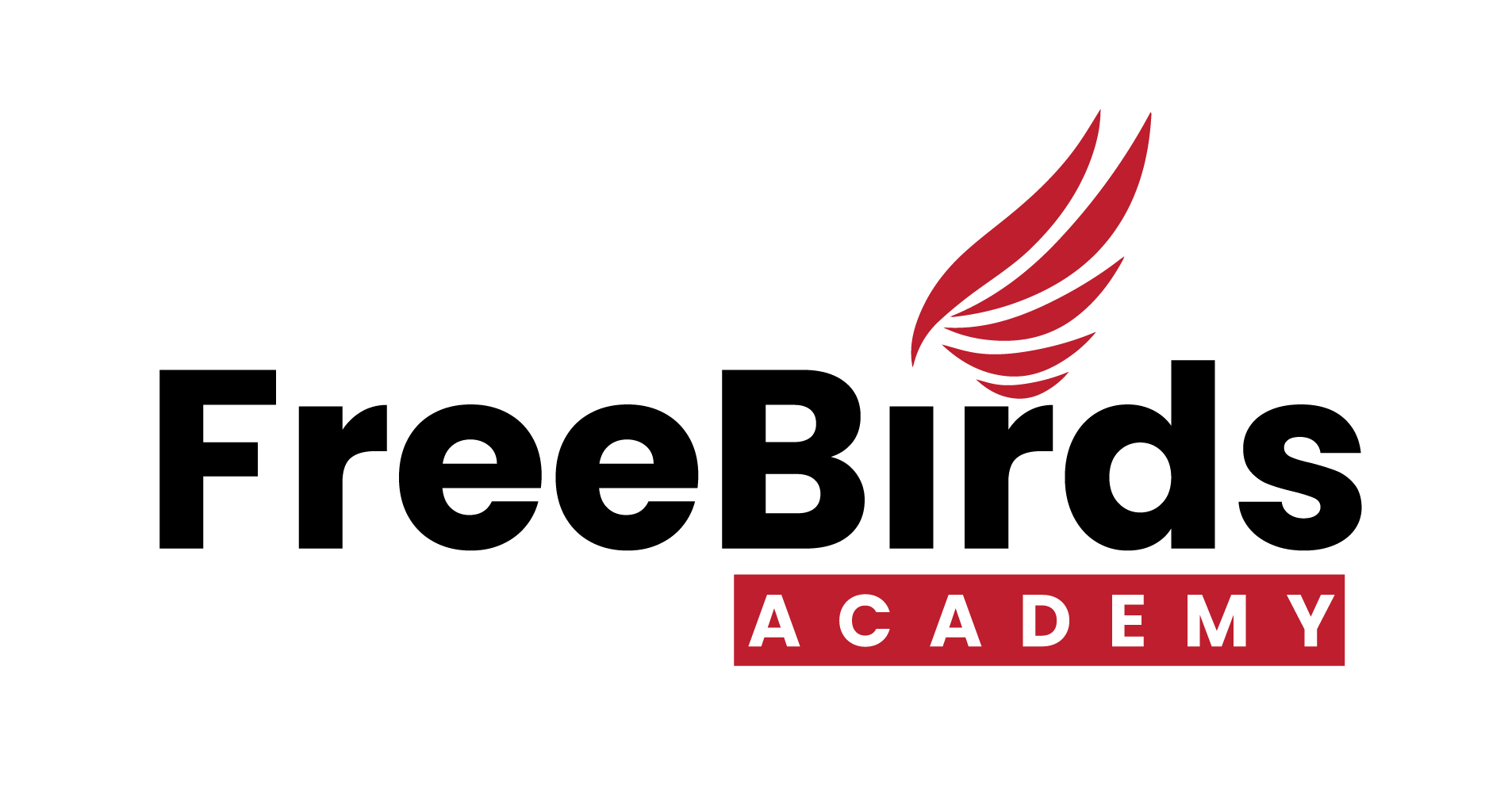
How to Guarantee Low Sales: The 3 Worst Conversion Mistakes You Still Make
You've launched your product. Your listing is live, your inventory is in FBA, maybe you're even running PPC campaigns. But then... crickets. A few sales trickle in, but nowhere near what you expected. Your conversion rate is abysmal, and you're watching your advertising budget evaporate.
The truth? You might be sabotaging your own Amazon business with mistakes so common that they've become invisible. Let's expose the three worst offenders that are costing you sales right now.
Mistake #1: The "Nobody Cares" Mistake - Writing Bullet Points That Put Buyers to Sleep

The Problem: Your Amazon listing reads like a product manual. Your bullet points are full of features: "100% Cotton," "3 Temperature Settings," "Stainless Steel Construction," "BPA-Free Material." You're checking boxes while potential buyers are scrolling past to your competitor's listing.
Here's the brutal truth: Amazon shoppers don't care about your features. They care about solving their problem right now. When you only list what your product is instead of what it does for them, you create zero emotional connection. Without that connection, they can't justify clicking "Add to Cart."
The Fix:
Transform every feature into a customer-focused benefit in your bullet points:
Instead of: "100% Organic Cotton Material" → Say: "SLEEP COOLER & WAKE UP REFRESHED - Our breathable organic cotton keeps you comfortable all night, no more waking up sweaty"
Instead of: "3 Heat Settings" → Say: "FIND YOUR PERFECT TEMPERATURE IN SECONDS - Choose from 3 precise heat levels so you're never too hot or too cold"
Instead of: "Lifetime Warranty Included" → Say: "NEVER WORRY ABOUT REPLACEMENT COSTS - Our lifetime warranty means if it breaks, we replace it free, no questions asked"
The formula: [BOLD BENEFIT] - [How it solves their problem]
Use the "So What?" test: For every feature you write, ask "So what? Why does the customer care?" If you can't immediately answer, rewrite it.
Real Impact: Amazon's A9 algorithm favors listings with higher conversion rates. Better copy = more conversions = better organic ranking = more traffic = more sales.
Mistake #2: The "No Social Proof" Mistake - Launching Without a Review Strategy

The Problem: You've got a great product, professional photos, and solid bullet points. But your listing has 3 reviews (and Amazon shoppers can tell they're from friends). Or worse—you launched two months ago and you're still sitting at zero reviews.
Meanwhile, your competitors with 500+ reviews are dominating page one. Potential buyers see your review desert and immediately click back to buy from someone with social proof. Your conversion rate is abysmal, not because your product is bad, but because nobody trusts you.
Here's the brutal truth: On Amazon, reviews ARE your credibility. Without them, you're asking customers to take a massive leap of faith. And they won't.
Why It Happens: Many sellers think "if I just get traffic, the reviews will come naturally." Wrong. Others are terrified of Amazon's strict review policies and do nothing. Either way, you're invisible in a marketplace where social proof is everything.
The worst part? Low reviews = Low conversions = Less visibility = Even fewer sales = Still no reviews. It's a death spiral.
The Fix:
Get those first critical reviews (the right way):
Use Amazon Vine: Enroll eligible products for fast, legitimate reviews from trusted reviewers
Amazon's "Request a Review" button: Use it for every order. One-click, TOS-compliant, converts 3-5% of the time
Automated review tools: Helium 10, Jungle Scout, or FeedbackWhiz can automate requests within Amazon's guidelines
Product inserts: Simple thank-you card asking for honest feedback (NO incentives or QR codes—that's against TOS)
Optimize your existing reviews:
Pin your best reviews using the "Helpful" button strategy
Use Customer Questions & Answers aggressively - Answer every question thoroughly
Encourage photo/video reviews - These dramatically boost conversion rates
Use A+ Content to add trust-building content below your bullet points
Reduce perceived risk:
Strong guarantees: "30-Day Money-Back Guarantee" or "Lifetime Replacement Warranty" in bullet points
Address objections directly using competitors' negative reviews as a guide
FBA/Prime badge is its own trust signal
The cold reality: You need 15-25 reviews minimum to be competitive. Under 15 reviews, your conversion rate will suffer no matter how good your product is. Budget for Vine if necessary—it's the cost of entry.
Real Impact: One seller launched two identical products. Product A: No review strategy, organic only. After 3 months: 7 reviews, 3.2% conversion rate. Product B: Aggressive review strategy with Vine. After 3 months: 47 reviews, 11.8% conversion rate. Same product, same price—only difference was social proof.
Mistake #3: Launching in Oversaturated Death Trap Categories

The Problem: You've decided to sell phone cases. Or phone chargers. Or resistance bands. Or supplements—categories with 50,000+ other sellers offering essentially identical products.
Your listing gets buried on page 47. The only way to get visibility is aggressive PPC at $2-4 per click. Margins are razor-thin from the pricing race to the bottom. You're spending $500/day on ads to make $200 in profit.
Meanwhile, page one is dominated by sellers with 10,000+ reviews who've been there since 2018. You're not failing because your product is bad. You're failing because you chose to compete in a category where you can't win.
Why It Happens: These categories look tempting. Huge search volume! Everyone needs phone accessories! But that's exactly why they're terrible choices. Every new Amazon seller has the same thought, leading to brutal oversaturation.
The Fix:
Before you order inventory, evaluate competition:
Search volume vs. competition: Search your main keyword on Amazon. Over 5,000 results = extremely competitive
The Review Wall: If top 10 results all have 1,000+ reviews and you're starting at zero, it's nearly impossible
PPC costs: If cost-per-click is over $1.50, your ad costs will destroy margins
Price compression: If top 20 results are all within a $2-3 range, everyone's competing on price only (race to the bottom)
Look for winning criteria instead:
500-3,000 search results: Enough demand, not overwhelming competition
Top sellers have under 500 reviews: You can actually catch up
Higher price points ($35+): More room for profit and differentiation
Niche subcategories: Not "yoga mats" (death) but "extra thick yoga mats for knee pain with alignment guides" (opportunity)
Specific use cases: "Laptop stand for bed with mouse pad" beats generic "laptop stand"
Real Impact: One seller spent 6 months and $15K trying to break into phone accessories. Zero traction. He pivoted to ergonomic kitchen tools for arthritis sufferers. Smaller market, but now doing $40K/month with 40% margins. Same effort, 10X better results.
The Common Thread: You're Setting Yourself Up to Fail
All three mistakes put you in a losing position before you make your first sale.
Feature-focused copy loses to benefit-driven listings. No reviews = no trust = no conversions. Oversaturated categories make visibility impossible without burning cash.
Stack every advantage in your favor from day one. Choose a category where you can compete. Build social proof fast. Write listings that actually convert.
Start Here: Your Pre-Launch Reality Check
Before you order inventory (or if you're struggling with current listings):
Right now: Search your main product keyword on Amazon. Count pages of results. Check review counts of top 20 competitors. Can you realistically compete for page one within 6 months? If not, pivot.
This week: Rewrite your bullet points using the benefit-focused formula. Address the top 5 customer complaints from competitor reviews.
This month: Implement a review strategy. If you have under 15 reviews, use Vine or aggressive review requests to get to 25+ as fast as possible.
Stop hoping your listing will magically start converting. Fix the fundamentals first.
The question isn't whether you can afford to fix these mistakes. It's whether you can afford to keep making them while your inventory sits in FBA warehouses racking up storage fees.
Need Help Optimizing Your Amazon Business?
If you're struggling with low conversions, thin margins, or fierce competition and want expert help turning your Amazon business profitable, we can help. Our team specializes in Amazon optimization strategies that deliver measurable results.
We'll analyze your product selection, fee structure, and listing optimization to identify exactly what's killing your conversions and profitability—then implement proven strategies to fix it.
Ready to stop bleeding money and start building a profitable Amazon business? Visit our homepage to learn how we've helped Amazon sellers like you increase profitability by an average of 47% in the first 90 days.
Which of these mistakes has cost you the most money? Have you discovered any quick wins that dramatically improved your Amazon conversions or profitability? Share your experiences in the comments below.


